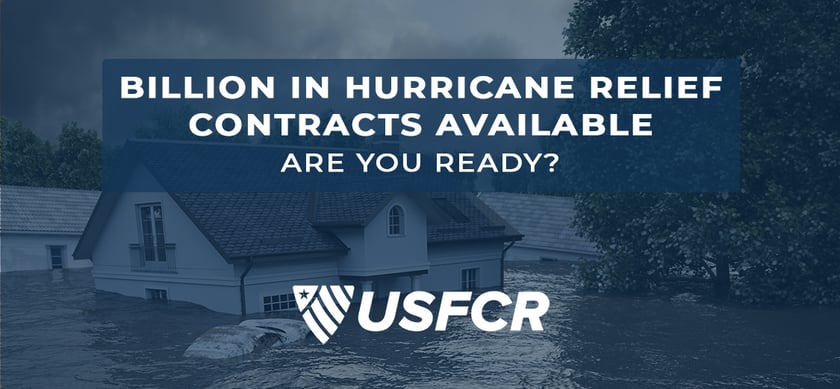As June 1st heralds the official start of the Atlantic hurricane season, Colorado State University (CSU) experts have released their annual April hurricane forecast, predicting an “extremely active” season for 2024. With an anticipated 23 named storms, this year is set to make history, raising concerns and the need for preparation.
The 2024 Atlantic Hurricane Season by the Numbers
This year, the Atlantic is bracing for an extraordinary hurricane activity. Here's what the forecast looks like:
- Named Storms: 23
- Hurricanes: 11, storms with winds 74 mph or greater
- Major Hurricanes: 5, with Category 3 strength or higher, featuring winds of at least 111 mph
To put this into perspective, the average from 1991 to 2020 is 14.4 named storms, 7.2 hurricanes, and 3.2 major hurricanes annually. The increased numbers for 2024 signify a considerable deviation from the norm, emphasizing the potential for significant storm-related challenges and the critical need for preparedness and support from federal contractors.
Warm Sea-Surface Temperatures as a Catalyst for Activity
A key factor underpinning the 2024 forecast is the unprecedented warmth of the Atlantic's sea-surface temperatures this spring. “The die is cast for 2024,” remarks Phil Klotzbach, noting the Atlantic's temperatures are 1.5 degrees Celsius above normal. This significant warmth lays the groundwork for an active hurricane season, as warmer waters fuel hurricanes and foster a more unstable atmosphere conducive to storm development.
The Impact of Atmospheric Conditions
The warm Atlantic waters are expected to weaken the subtropical (Bermuda) high, resulting in slower trade winds. This decrease in wind speed further encourages the ocean's warming, perpetuating a cycle that favors hurricane formation. These interconnected atmospheric conditions promise to maintain the elevated water temperatures essential for an active hurricane season.
Transitioning El Niño-Southern Oscillation (ENSO) Phases and Their Influence
Adding to the season’s complexity is the likely transition from El Niño, which typically suppresses Atlantic hurricane activity, to La Niña by the season's peak. La Niña's tendency to reduce wind shear over the Atlantic could encourage hurricane formation, reinforcing the forecast team's prediction of an active season.
Probabilities and Landfall Risks
The report also details the probabilities of major hurricanes making landfall in vulnerable regions, estimating a 34% chance for the U.S. East Coast, including Florida, and a 42% chance along the Gulf Coast from the Florida Panhandle to the Texas-Mexico border. Florida, in particular, faces a 75% chance of experiencing a hurricane within 50 miles of its coast, underscoring the heightened risk for the state.
A Season of Preparation
As we approach the 2024 hurricane season, the emphasis on preparedness cannot be overstated. With record-breaking predictions and the potential for widespread impact, individuals, communities, and governments must gear up for what lies ahead. The forecast, while alarming, serves as a crucial reminder of the power of nature and the importance of readiness.
Looking Forward
Despite the detailed predictions, it's important to remember that forecasts can evolve. “There’s still a lot that can change,” Klotzbach cautions, highlighting the inherent uncertainties in hurricane forecasting. As we draw closer to the season, updated forecasts will offer greater accuracy, allowing for more precise preparations.
As we edge closer to June 1, the official start of the 2024 Atlantic hurricane season, predictions from leading meteorologists paint a picture of heightened activity. The forecast signals a busy season and underscores a significant opportunity for federal contractors ready to support disaster relief efforts.
Take the First Step
Don't wait for the storm to hit before getting involved. Register your business with USFCR today, and stand ready to make a difference when it matters most. Together, we can build a stronger, more resilient future.
Register Now and Join the Effort
Explore the in-depth analysis provided by Colorado State University experts on the 2024 hurricane season forecast and its implications.
Top NAICS codes for:
Disaster Relief
- 562910 - Remediation Services (specifically for disaster recovery cleanup efforts)
- 624230 - Emergency and Other Relief Services
- Find more NAICS Codes here
Ready to take your business to the next level with government contracts? Contact USFCR today, and let's turn your federal contracting goals into reality. To speak with a Registration and Contracting Specialist, Call (866) 216-5343
More Disaster Relief Articles




